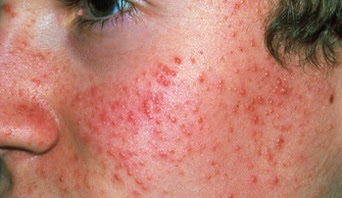The skin is the largest organ in the body. Many doctors take a look at a person’s skin to determine health and wellness. Skin appearance, moreover, could indicate undetected diseases and illnesses.
It is therefore crucial to take good care of the skin. A simple, yet often underrated factor in skin health is diet. A natural, healthy glow can be easily achieved by eating the right food. Listed below are some foods to try:
 |
| Image Source: idealmagazine.co.uk |
Chocolates: This refers to pure dark chocoloate. Natural cacaocontains high levels of flavonols, which are potent antioxidants. Nutritionists recommend taking chocolate that is at least 70 percent cacao. A couple of squares a day improve skin luminosity and can temprarily reduce skin puffiness.
Yogurt
: The protein from dairy keeps skin firm. Greek yogurt is especially beneficial as it contains double the protein of regular yogurt. A single serving every day is enough to keep the complexion smooth and glowing.
Peppers: Those who eat green and yellow vegetables everyday tend to have fewer wrinkles, particularly around the eyes. This is because of the carotenoids - found in yellow and orange vegetables – which decrease the skin’s sensitivity to the sun.
 |
| Image Source: 21food.com |
Kidney beans: These are high in zinc, which heals blemishes. Medical studies show that just a four-ounce serving of kidney beans per day is enough to alleviate mild to moderate acne symptoms.
The rule of thumb in terms of health and diet is to eat bright-colored foods. The color usually comes from components that are beneficial to overall wellness. Foods that are brown or light yellow should be taken in moderation.










